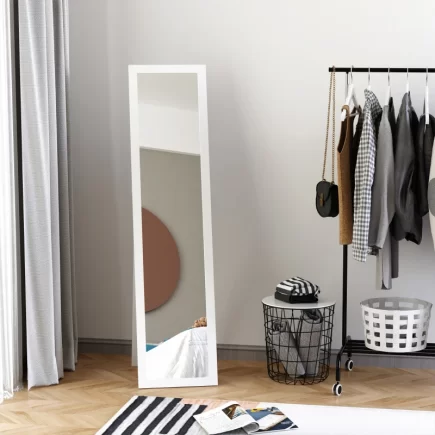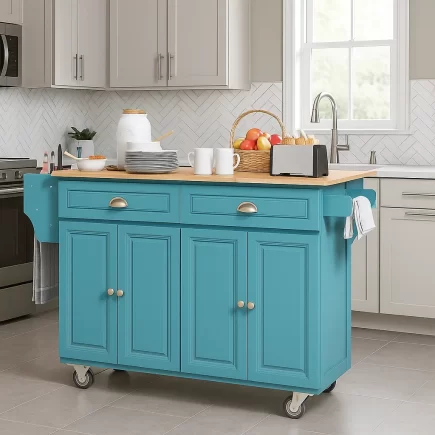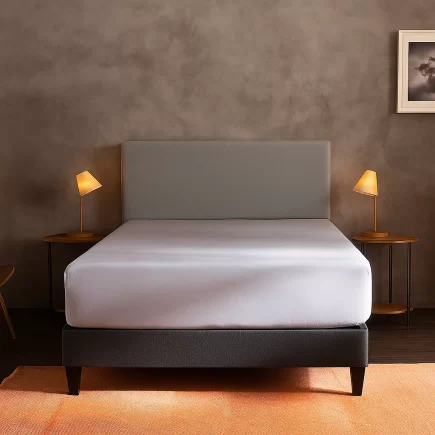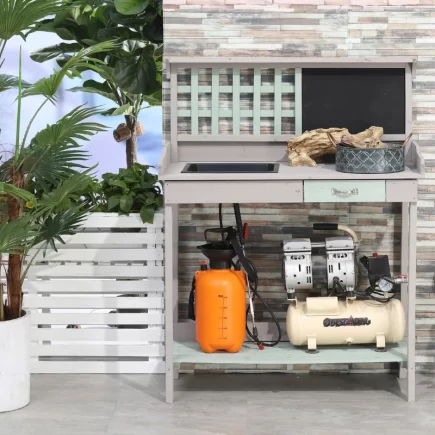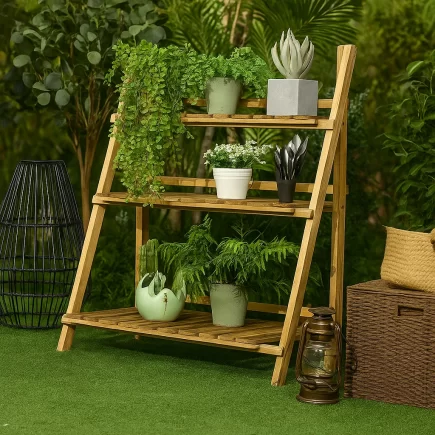Wall cabinets are an essential feature in many homes. You’ll find them mounted in kitchens, bathrooms, laundry rooms, and garages. They maximize vertical space, offer practical storage, and help keep rooms tidy.

However, there may come a time when you need to take one down, whether for remodeling, upgrading to a new layout, repainting walls, or fixing damage. Knowing how to remove a wall cabinet safely and efficiently is critical, especially if you plan to reuse it or avoid damaging your walls. This article will walk you through the process step by step, with a clear list of tools, precautions, and essential removal steps.
Tools & Materials You’ll Need
| Tool / Material | Purpose |
| Screwdriver | Remove screws from cabinet, doors, and mounting brackets |
| Drill (optional) | Speed up screw removal for tightly secured cabinets |
| Pry bar | Help detach cabinet from wall without damaging drywall |
| Stud finder | Locate studs for screw placements |
| Utility knife | Score caulk or paint seal around the cabinet |
| Safety gloves & glasses | Protect your hands and eyes from dust and splinters |
| Drop cloth or towel | Shield countertop and flooring from falling debris |
| Step ladder | Reach upper cabinet mounts safely |
| Assistant/helper | Safely support and lower the cabinet during removal |

Step-by-Step: How to Remove a Wall Cabinet
1. Empty the Cabinet
Take out all the items inside the cabinet plates, cups, food, etc. This not only makes the cabinet lighter but also reduces the chance of something falling and breaking or hurting you.
2. Protect the Countertop and Floor
Place a thick towel, cardboard, or drop cloth beneath the cabinet area. This protects your surfaces from dust, falling screws, or accidental tool drops during the process.
3. Shut Off Power
If your cabinet has under-cabinet lighting or is near an outlet, go to your home’s electrical panel and switch off the power to that section. This keeps you safe from accidental shocks.
4. Locate the Studs and Fasteners
- Use a Stud Finder: The first step is to locate the studs in the wall where the cabinet is mounted. A stud finder is an essential tool for this. It helps identify the vertical beams behind the drywall where the screws or nails are likely anchored. Knowing the exact placement of these studs is crucial because it will help you avoid damaging the wall when removing the cabinet.
- Check for Fasteners: Once you’ve located the studs, check the cabinet for fasteners. Look along the top, bottom, and sides of the cabinet for screws or nails. These are typically where the cabinet is secured to the wall, and they’ll need to be removed before you can safely detach the cabinet.
5. Remove Shelves and Doors
- Take Out Shelves: To make the removal process easier, remove any shelves or other interior components from the cabinet. This will not only lighten the cabinet but also give you better access to the mounting points for the screws.
- Remove Doors: If your cabinet has doors, it’s a good idea to remove them first. This will make the cabinet lighter and easier to handle. Unscrew the hinges on both doors and carefully set them aside. Doing this will also minimize the risk of the doors swinging open or causing injury while you’re working.

6. Unscrew The Cabinet
- Unscrew the Cabinet: Using a screwdriver or a drill, begin removing the screws securing the cabinet to the wall. Start from the top and work your way down. This prevents the cabinet from becoming unstable and falling. Make sure to keep the screws in a safe place so they can be reused later or disposed of properly.

- Use Pliers for Nails: If the cabinet is fastened with nails instead of screws, grab a pair of pliers or a hammer to remove them. Carefully work them out of the wall to avoid damaging the surrounding drywall. Be cautious, as nails can sometimes be harder to remove than screws.
- Have Assistance or Use a Support: If you’re working with a large or heavy cabinet, it’s best to have an assistant to help you hold the cabinet steady while you remove the screws. If help isn’t available, use a support like a brace or wedge to secure the cabinet while you work. This is crucial to prevent the cabinet from unexpectedly falling and causing injury or damage.
7. Remove the Cabinet from the Wall
Carefully Pull the Cabinet Away: Once all fasteners have been removed, gently pull the cabinet away from the wall. If it’s stuck due to paint or other materials bonding it to the surface, carefully use a crowbar or hammer to loosen it. Always work slowly to avoid damaging the drywall or surrounding structures.
8. Patch the Wall (if needed)
- Repair the Wall: After the cabinet is removed, you may be left with holes or damage in the wall where the fasteners were. Use a spackling compound or drywall patches to fill these gaps.
Apply the compound using a putty knife and smooth it out to match the surrounding wall. Let the compound dry, then sand it down for a smooth finish. - Paint and Finish: Once the wall is patched and dry, give it a fresh coat of paint to restore the look of the wall. This will ensure the area looks clean and finished after the cabinet removal.
Wrapping Up Your Cabinet Removal Project
Removing a Wall Cabinet may seem intimidating, but with proper preparation, the right tools, and a little patience, it becomes a manageable DIY project. It’s important to work safely, protect your space, and always have a second pair of hands when handling heavy or bulky units.
FAQs
1. Can I reuse the cabinet elsewhere after removal?
Yes, if it’s still in good shape. Patch screw holes, clean it, and repaint or reinforce as needed before reinstalling in another room.
2. What if the drywall comes off with the cabinet?
It’s common with older installations. Use joint compound to repair torn drywall paper, let it dry, then sand and prime before painting or tiling.
3. Is it necessary to turn off the power if there’s no visible wiring?
Yes, just in case. Hidden wires for under-cabinet lights or nearby outlets may still be present behind the wall, so shutting off power ensures safety.

